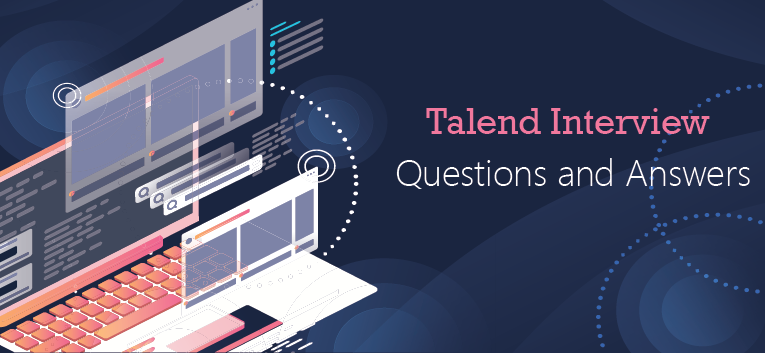In the realm of artificial intelligence (AI), two standout technologies, TensorFlow and ChatGPT, have gained prominence for their distinct capabilities and applications. In this article, we’ll delve into the TensorFlow vs. ChatGPT comparison, exploring their features, use cases, and providing insights to guide your decision-making process when selecting the ideal AI tool for your projects.
TensorFlow: Empowering Deep Learning
TensorFlow, developed by Google, is a leading open-source machine learning framework celebrated for its deep learning capabilities. Here’s a closer look at what makes TensorFlow a formidable choice:
- Deep Learning Dominance: TensorFlow excels in constructing and training neural networks, making it the preferred choice for tasks such as image classification, object detection, natural language processing, and more.
- Flexibility and Customization: Offering extensive flexibility, TensorFlow enables users to craft custom models and experiment with various neural network architectures.
- Deployment-Ready: TensorFlow provides robust tools like TensorFlow Serving and TensorFlow Lite, facilitating the seamless deployment of models in production environments and on resource-constrained devices.
- Thriving Ecosystem: With an active community, comprehensive documentation, and a rich ecosystem of pre-trained models and libraries, TensorFlow stands as a robust and well-supported framework.
- Integration Harmony: TensorFlow effortlessly integrates with other popular machine learning and data processing libraries, including Keras and scikit-learn.
http://informationarray.com/2023/09/27/tensorflow-vs-anaconda-navigating-the-landscape-of-machine-learning-tools/
ChatGPT: Conversational AI Excellence
ChatGPT, a creation of OpenAI, represents a state-of-the-art in conversational AI, renowned for its natural language understanding and generation capabilities. Key features and attributes of ChatGPT include:
- Natural Language Prowess: ChatGPT demonstrates exceptional natural language understanding and generation skills, making it an ideal choice for chatbots, virtual assistants, and tasks involving text-based interactions.
- User-Friendly: With its user-friendly interface and ease of integration, ChatGPT minimizes the learning curve, requiring minimal training and setup.
- Versatility Across Applications: ChatGPT proves versatile, capable of handling a wide array of applications, from responding to user queries to generating content, drafting emails, and more.
- Continuous Improvement: OpenAI is committed to refining and enhancing ChatGPT through reinforcement learning from human feedback, ensuring its reliability and adaptability.
- API Access: Developers have convenient access to the ChatGPT API, making it easily accessible for building custom AI-powered applications.
http://informationarray.com/2023/09/29/tensorflow-vs-mediapipe-choosing-the-ideal-framework-for-computer-vision/
TensorFlow vs. ChatGPT: A Comparative Snapshot
To aid your decision-making process, here’s a concise comparative table highlighting the distinctions between TensorFlow and ChatGPT:
| Feature | TensorFlow | ChatGPT |
|---|---|---|
| Primary Use Case | Deep Learning, Neural Networks | Conversational AI, Natural Language Understanding |
| Performance | Excellent for Deep Learning | Exceptional in Language Generation |
| Ease of Use | Steeper Learning Curve | User-Friendly for Natural Language Tasks |
| Community & Support | Strong Community & Documentation | Active Community & Continuous Improvement |
| Integration | Integrates with Various Libraries | Easy Integration via API |
| Deployment | Tools for Production Deployment | API Access for Integration |
Frequently Asked Questions
Q1. Can ChatGPT be used for deep learning tasks such as image classification?
A1. ChatGPT is primarily designed for natural language understanding and generation tasks. For image classification and other deep learning tasks, TensorFlow is the preferred choice.
Q2. Can TensorFlow be used to build chatbots and virtual assistants like ChatGPT?
A2. While TensorFlow can be employed for building chatbots, it requires more extensive development effort compared to ChatGPT, which is specifically tailored for natural language tasks.
Q3. Is ChatGPT suitable for non-English languages?
A3. Yes, ChatGPT supports multiple languages and can be fine-tuned for specific language requirements.
Q4. Which tool is more accessible for developers, TensorFlow or ChatGPT?
A4. ChatGPT is generally more accessible due to its user-friendly interface and API access, simplifying the integration process for developers.
In Conclusion
In conclusion, TensorFlow and ChatGPT are formidable AI tools, each uniquely suited to specific applications. TensorFlow excels in deep learning and is well-suited for tasks like image recognition and neural network development. Conversely, ChatGPT shines in natural language understanding and generation, making it a powerful choice for chatbots, virtual assistants, and text-based applications. To make the right choice for your project, consider your specific requirements and objectives. By leveraging the strengths of each technology, you can effectively harness AI to achieve your goals.
External Links:









